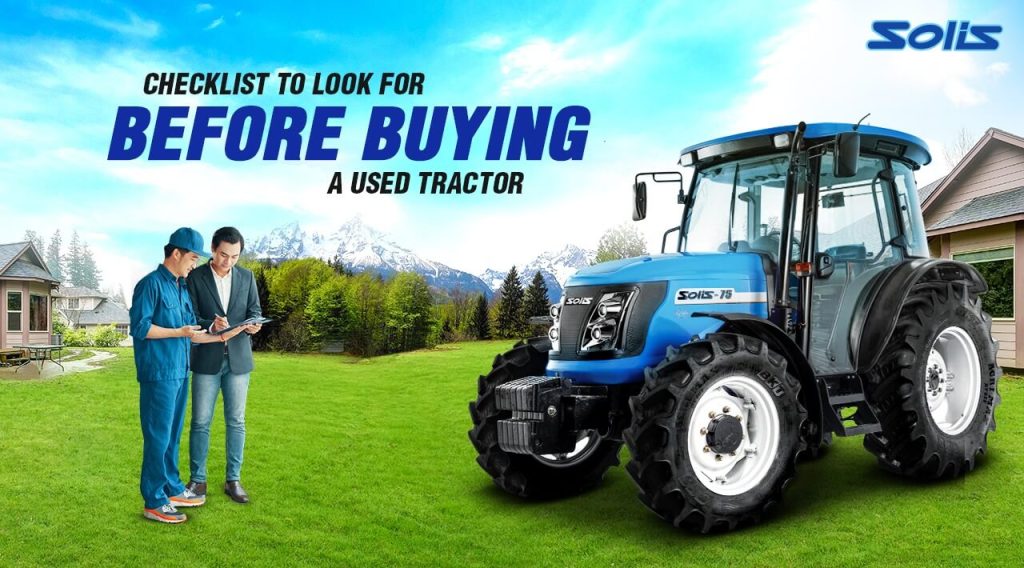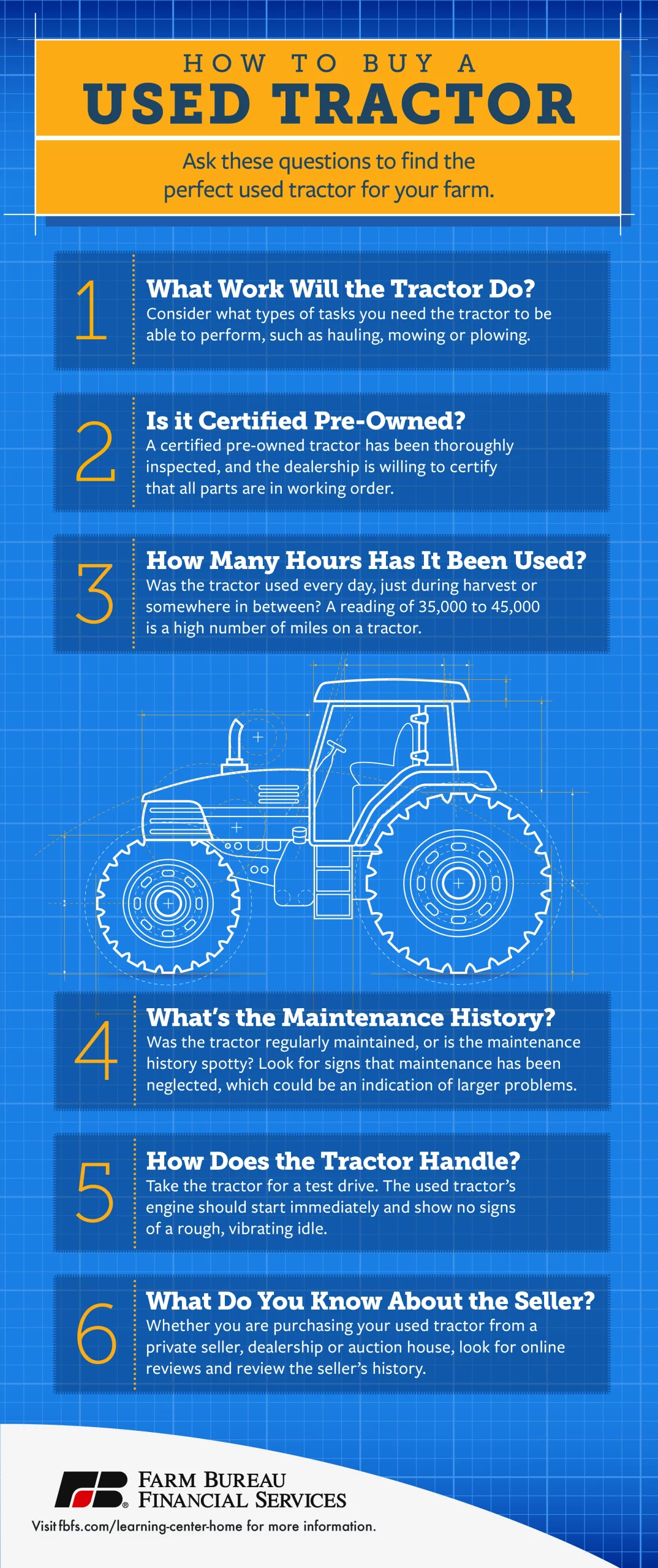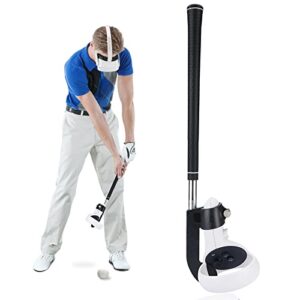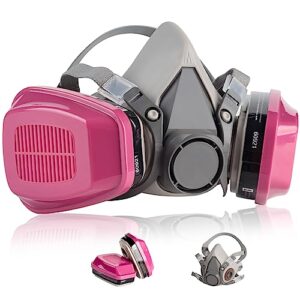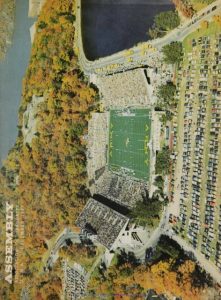Contents
- 1. Determine Your Needs
- 2. Assess the Condition of the Tractor
- 3. Research Different Tractor Brands
- 4. Set Your Budget
- 5. Inspect the Front End Loader
- 6. Check the Hours of Use
- 7. Verify Maintenance Records
- 8. Test Drive the Tractor
- 9. Consider Warranty or Inspection Options
- 10. Seek Expert Advice or Assistance
If you’re in the market for a used tractor with a front end loader, you know how overwhelming the process can be. With so many options available, it’s essential to have the right knowledge to make an informed decision. That’s where the “Top 10 Tips for Buying a Used Tractor with Front End Loader” comes in. Packed with expert advice and insider tips, this comprehensive guide will help you navigate the complexities of purchasing a used tractor. Whether you’re a seasoned farmer or a first-time buyer, these tips will save you time, money, and headaches, ensuring that you find the perfect tractor for your needs. So let’s get started and find that ideal used tractor with a front end loader!
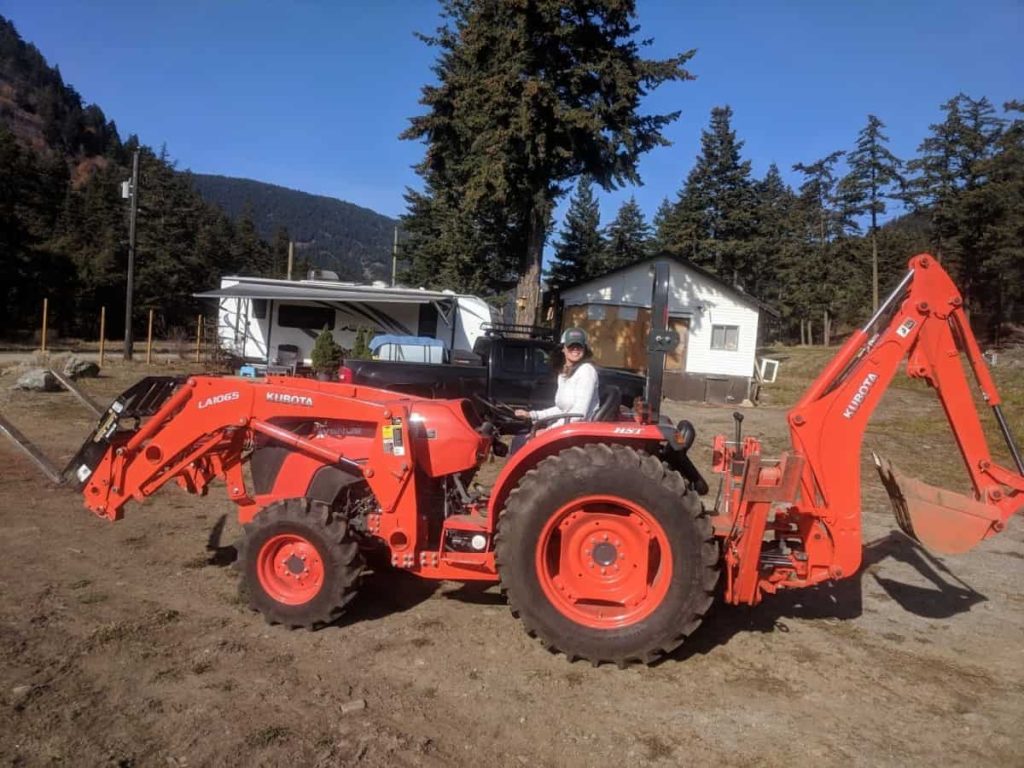
1. Determine Your Needs
When it comes to buying a used tractor with a front end loader, it’s essential to determine your specific needs. Consider the tasks you need the tractor for. Are you planning to use it for agricultural purposes, such as plowing fields, hauling crops, or baling hay? Or perhaps you need it for construction projects, like digging trenches or moving materials? Understanding your intended use will help you choose a tractor with the right capabilities.
In addition to considering the tasks, you should also determine the required horsepower for the tractor. The horsepower dictates the tractor’s ability to handle different types of work. If you need a heavy-duty machine for demanding tasks, a higher horsepower tractor would be suitable. On the other hand, if you have light to moderate tasks, a lower horsepower tractor might be sufficient.
Lastly, evaluate the right size and weight capacity of the tractor. This will depend on the size of your property, the terrain you’ll be working on, and the specific tasks you’ll be performing. Ensure that the tractor is of appropriate dimensions and weight capacity to navigate your working area comfortably and efficiently.
2. Assess the Condition of the Tractor
Before finalizing your purchase, it’s crucial to thoroughly inspect the overall condition of the used tractor. Look out for any signs of wear and tear, as they can indicate underlying problems. Examine the body for dents, rust, or any structural damage that may affect its performance or longevity.
Check for any leaks or fluid stains, as these can be indicative of potential issues within the engine, hydraulic system, or transmission. Leaks can lead to costly repairs, so it’s important to identify them early on.
3. Research Different Tractor Brands
There are numerous tractor brands available in the market, each with its own reputation and performance capabilities. It’s essential to undertake thorough research on different tractor brands to find the one that suits your needs best.
Explore reputable tractor manufacturers and their product offerings. Look for reviews and feedback from other tractor owners to gain insights into the overall satisfaction and reliability of the brand. Positive reviews often indicate a good quality product, while consistently negative feedback should raise concerns.
Consider the availability of spare parts for the chosen brand. You wouldn’t want to face difficulties down the line when sourcing spare parts for repairs or maintenance. Opting for a brand with easily accessible and reasonably priced spare parts can save you time and money in the long run.
4. Set Your Budget
Setting a budget is a crucial step in the tractor buying process. Determine your maximum spending limit and stick to it. Consider additional costs for maintenance and repairs that may arise after the purchase. By factoring these costs into your budget, you’ll be better prepared for any unforeseen expenses.
When negotiating the price with the seller, it’s essential to do your research beforehand. Gather information on the average market value of similar tractors to ensure you’re getting a fair deal. Negotiating the price can often lead to savings, allowing you to stay within your budget without compromising on the quality and performance of the tractor.
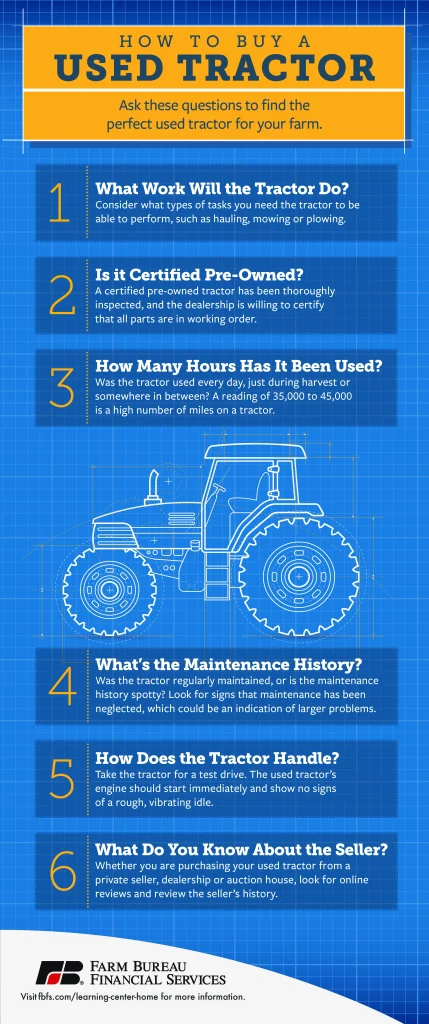
5. Inspect the Front End Loader
The front end loader is an integral part of the tractor, especially if you’ll be using it for heavy lifting or material handling tasks. Inspecting the front end loader is essential to ensure its functionality and performance.
Check for any hydraulic leaks in the loader system. Leaks can indicate potential issues with the hydraulic cylinders or hoses, which may require costly repairs. Examine the condition of the bucket for signs of wear, such as dents or cracks. A bucket in good condition will ensure efficient loading and unloading operations.
Test the hydraulic functions of the front end loader by raising and lowering the bucket at various angles. Ensure that the hydraulic system is responsive and operates smoothly without any jerks or delays. A well-functioning loader will make your tasks easier and more efficient.
6. Check the Hours of Use
The usage history of the tractor can provide valuable insights into its overall condition and longevity. Request the tractor’s usage history from the seller to evaluate the wear and tear based on hours of operation. This information will help you assess if the tractor has been used excessively or within reasonable limits.
Consider the age of the tractor in relation to the total hours of use. If the tractor is relatively new but has a significant number of hours, it may have been used for heavier tasks beyond its capacity. On the other hand, an older tractor with fewer hours might have been underutilized, resulting in potential issues from sitting idle for extended periods.
It’s crucial to determine if the usage aligns with the tractor’s age to avoid purchasing a machine that may be prone to mechanical problems or require expensive repairs in the near future.
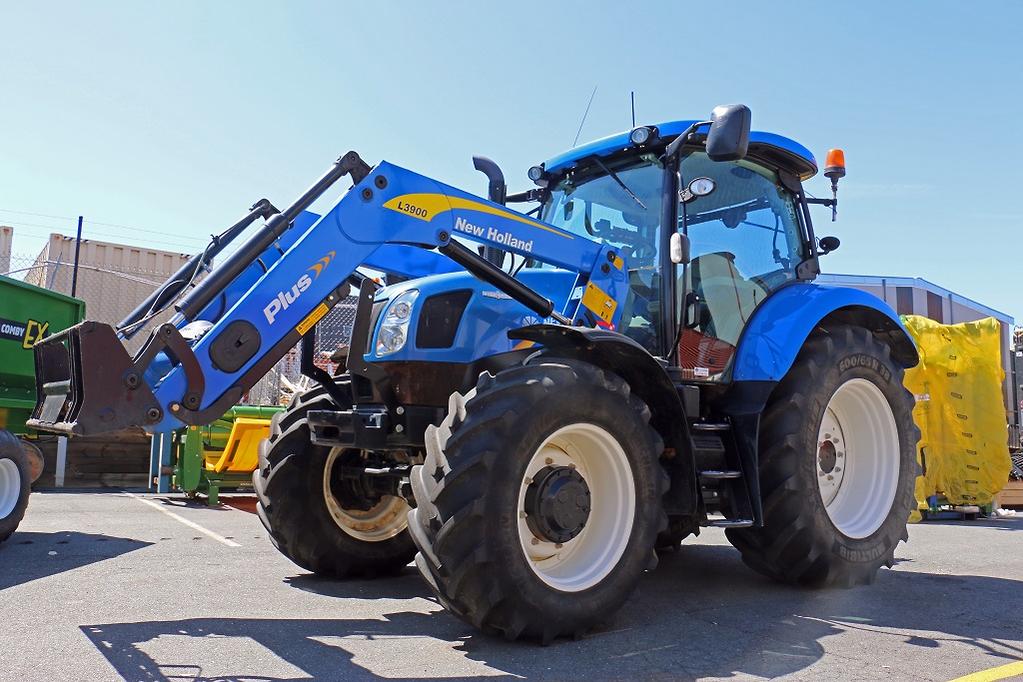
7. Verify Maintenance Records
Regular maintenance is vital for the smooth operation and longevity of any machine, including tractors. Ensure that the used tractor you’re considering has undergone regular maintenance. Request to review the service and repair records to see if the necessary maintenance tasks have been performed on schedule.
Reviewing the maintenance records can provide insights into how well the tractor has been cared for. Regular oil changes, filter replacements, and inspections are indicators of proper maintenance practices. A well-maintained tractor will have a higher chance of reliable performance and fewer unexpected breakdowns.
Consider the tractor’s overall care and maintenance when evaluating its condition. If it appears that the previous owner has taken good care of the tractor, it’s a positive sign that you’re investing in a machine that has been well looked after.
8. Test Drive the Tractor
Just like buying a used car, it’s essential to test drive the tractor before making a decision. This allows you to assess the tractor’s performance firsthand and identify any potential issues.
Start by checking the engine’s performance. Ensure that it starts easily and runs smoothly. Listen for any unusual noises or vibrations that may indicate engine problems. An overheating engine or excessive smoke emission are red flags that should be carefully considered.
Assess the steering and braking systems to ensure they are responsive and in good working condition. Test the turning radius to determine how well the tractor maneuvers, especially in confined spaces. If the tractor offers four-wheel drive, engage and disengage it to verify its functionality.
Evaluate the transmission and gear shifting by cycling through each gear. A smooth transition between gears without grinding or slipping is crucial for optimal performance. Any issues with the transmission can lead to difficulties in operating the tractor effectively.
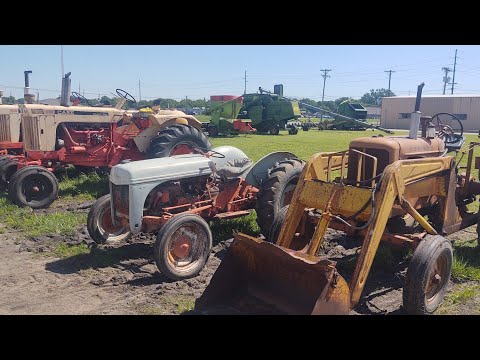
9. Consider Warranty or Inspection Options
When buying a used tractor, it’s important to consider the available warranty or inspection options. Inquire about any existing warranties that may still be active for the tractor. A warranty provides added peace of mind, as it covers potential repairs or replacements within a specified period.
Alternatively, you can opt for a professional inspection. Hiring a certified mechanic to thoroughly inspect the tractor can help uncover any hidden issues that may not be immediately apparent. The inspection report will provide a detailed assessment of the tractor’s condition, allowing you to make an informed decision.
Extended warranty options may also be available. Evaluate these options carefully, considering the cost versus the potential benefits they offer. An extended warranty can provide additional coverage beyond the standard warranty period, but it may come at an additional cost.
10. Seek Expert Advice or Assistance
When buying a used tractor, it’s always beneficial to seek expert advice or assistance. Consult experienced tractor owners or operators to gather their insights and recommendations. They can provide valuable information based on their own experiences with different tractor models and brands.
Additionally, reach out to local tractor dealers or professionals who specialize in tractors. They have extensive knowledge of the market and can guide you in making the right choice based on your specific needs and budget. They can also provide guidance on reputable sellers or dealerships with a track record of reliable products and services.
Consider hiring a mechanic for a thorough inspection if you don’t have the necessary expertise. A mechanic can identify potential issues that may not be easily visible to the untrained eye, giving you an unbiased assessment of the tractor’s condition.
By following these top 10 tips, you’ll be well-equipped to make an informed decision when purchasing a used tractor with a front end loader. Taking the time to determine your needs, thoroughly inspect the tractor, research different brands, set a budget, and seek expert advice will ultimately lead to a satisfying and reliable investment. Happy tractor shopping!
